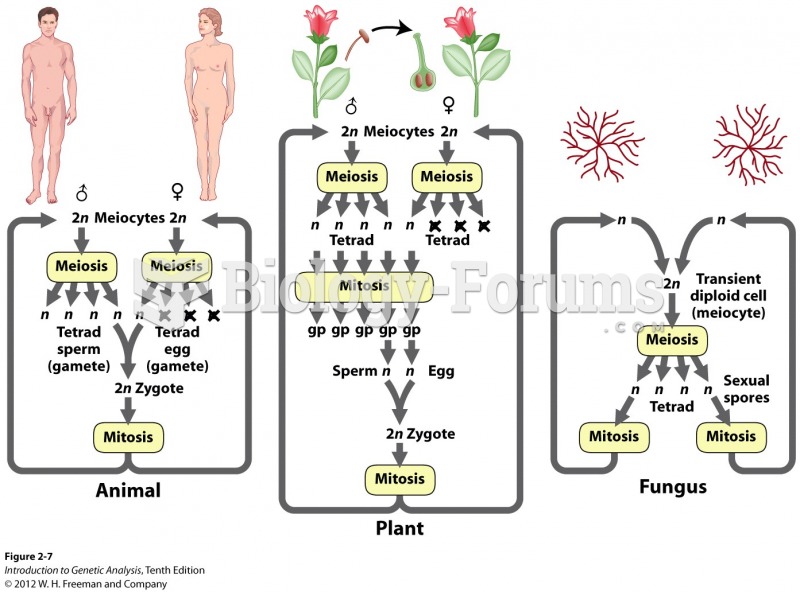Answer to Question 1
Religion seeks to answer important questions such as why we exist, why people suffer and die, and what happens when we die. Sociologist Peter Berger referred to religion as a sacred canopya sheltering fabric hanging over people that gives them security and provides answers for the questions of life. This sacred canopy requires that people have faithunquestioning belief that does not require proof or scientific evidence.
According to sociologist Emile Durkheim, sacred refers to those aspects of life that are extraordinary or supernaturalin other words, those things that are set apart as holy. People feel a sense of awe, reverence, deep respect, or fear for that which is considered sacred. Across cultures and in different eras, many things have been considered sacred, including invisible gods, spirits, specific animals or trees, alters, crosses, holy books, and special words or songs that only the initiated could speak or sing. Those things that people do not set apart as sacred are referred to as profane the everyday, secular (worldly) aspects of life. Sacred beliefs are rooted in the holy or supernatural, whereas secular beliefs have their foundation in scientific knowledge or everyday explanations. Religion also comprises symbols and rituals. According to anthropologist Clifford Geertz, religion is a set of cultural symbols that establishes powerful and pervasive moods and motivations to help people interpret the meaning of life and establish a direction for their behavior. People often act out their religious beliefs in the form of ritualsregularly repeated and carefully prescribed forms of behaviors that symbolize a cherished value or belief. Rituals range from songs and prayers to offerings and sacrifices that worship or praise a supernatural being, an ideal, or a set of supernatural principles.
Some analysts believe that a more accurate metaphor for religion in the global village is that of the religious marketplace, in which religious institutions and traditions compete for adherents, and worshipers shop for a religion in much the same way that consumers decide what goods and services they will purchase in the marketplace.
Answer to Question 2
The concept of race is a grouping or classification allegedly based on genetic variations
in physical appearance, particularly skin color. However, sociologists emphasize that
race is a socially constructed reality, not a biological one. A race is a category of
people who have been singled out as inferior or superior, often on the basis of real or
alleged physical characteristics such as skin color, hair texture, eye shape, or other
subjectively selected attributes. The term ethnicity refers to shared characteristics that
differentiate a group from other collectivities in a society. An ethnic group is a
collection of people distinguished by others or by themselves, primarily on the basis of
cultural or nationality characteristics. Ethnic groups share five main characteristics: (1)
unique cultural traits, such as language, clothing, holidays, or religious practices (2) a
sense of community (3) a feeling of ethnocentrism (4) ascribed membership from
birth and (5) territoriality, or the tendency to occupy a distinct geographic area by
choice and/or for self-protection.







